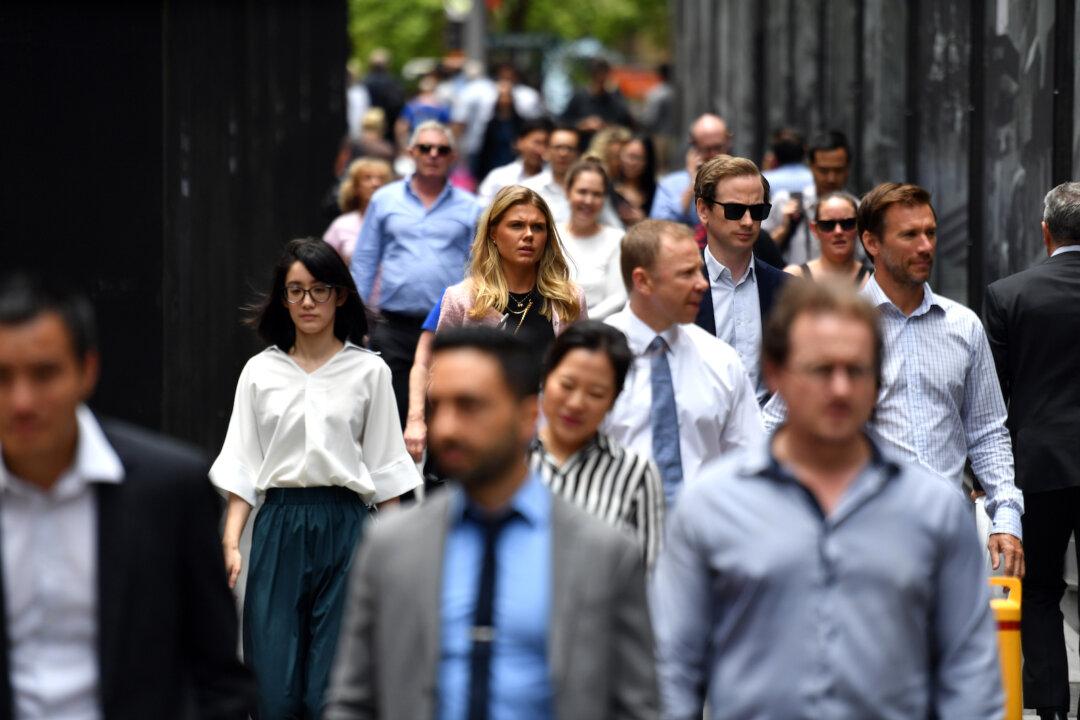More than 2.5 million Australians work in government roles, costing the taxpayers $232 billion (US$150 billion), the Australian Bureau of Statistics (ABS) revealed.
Separate ABS data shows that 14.5 million people are employed in Australia. This means more than 17 percent of Australians work in public service, which equates to nearly one in six Australians.





